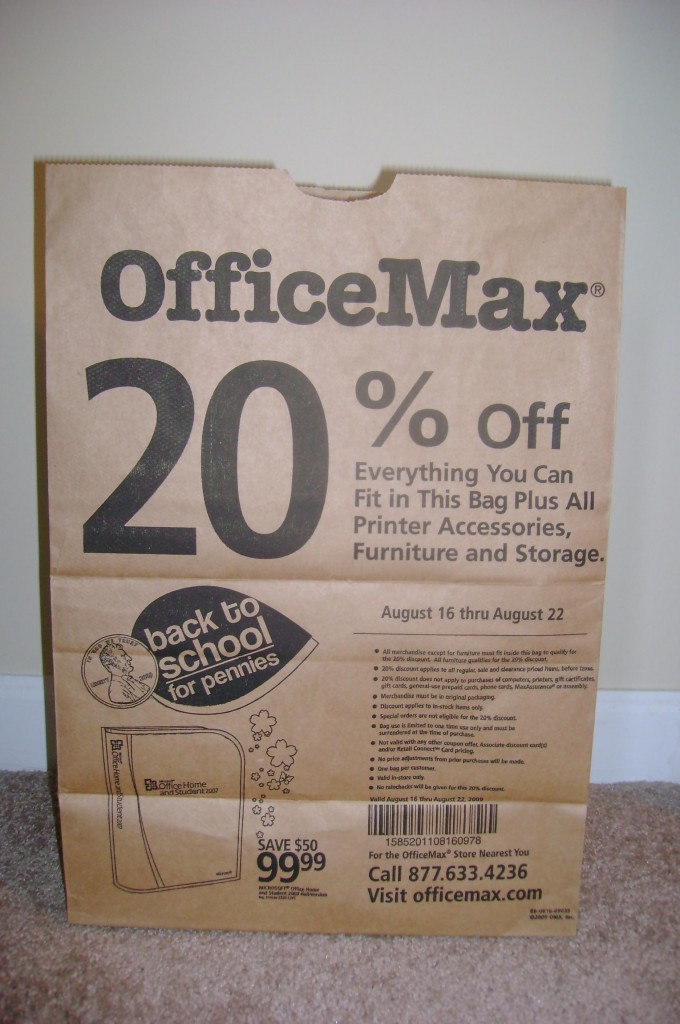Two of the latest marketing trends–social networking and SMS messaging–are becoming routine for some marketers, and their roles are becoming more clearly defined.
Chad Hallert, Director, Ecommerce, Eldorado Hotel Casino, and his team have experimented with building and promoting to a list of SMS subscribers since early 2009. In some ways, the team uses SMS similarly to how they use Facebook and Twitter. However, they’ve found SMS messages attract more immediate attention to promotions.
The team’s tried sending channel-specific promotions to SMS subscribers and social followers, but without fantastic results, Hallert says.
“We tried stand alone offers with mobile, social and email…when you break them up to pieces, nothing really competes with email, and the other two don’t look as valuable as they are.”
Instead, the real value of SMS and social are their ability to improve the results of an integrated campaign, Hallert says. He’s seen results improved by 5% to 8% by adding an SMS alert and Facebook updates to campaigns that already included website, paid search and email promotion.
This is due in part, Hallert says, to customers subscribing to more than one promotional outlet. A person who receives a text message and email about an offer is more likely to convert than a person who receives only one of the two.
The marketing power of the team’s SMS subscribers and social followers is likely to improve as the lists grow in size in relation to the team’s email subscribers. Currently, their SMS list is about 10% of their email list in size, Hallert says.
For now, the team is seeing social and mobile marketing add more value to integrated campaigns than the channels could generate by themselves. Watch our consumer marketing newsletter for a case study describing how Hallert’s team leveraged the immediacy of SMS to take advantage of the weather’s impact on hotel bookings.










